Common Invasive Species Of Mammals
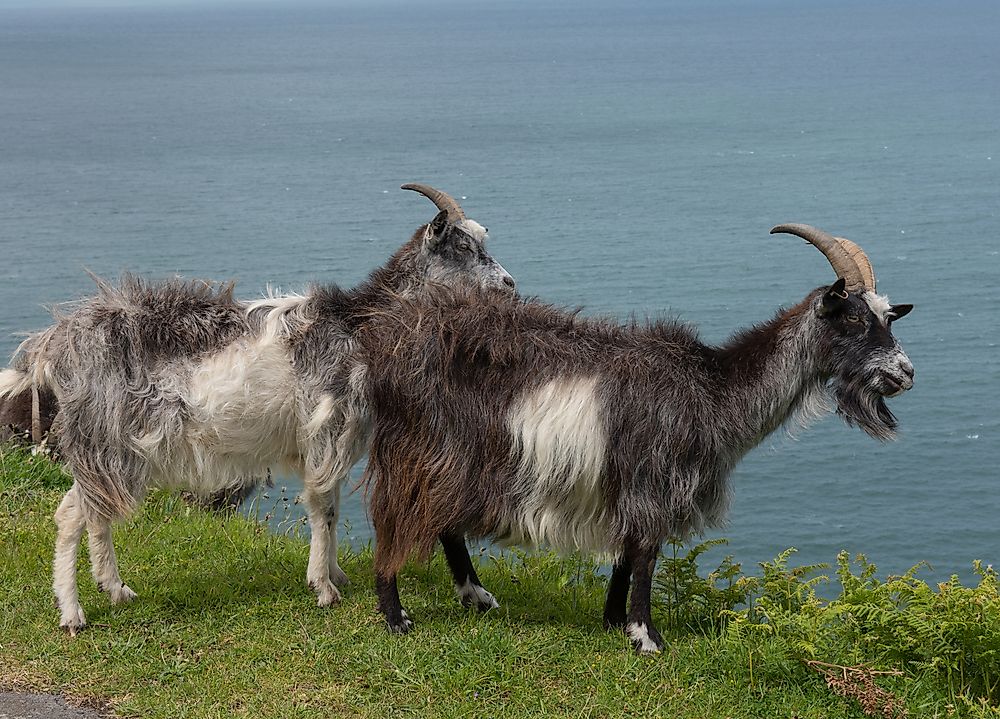
- Some mammal species become invasive because they overgraze on the vegetation in their habitat, others because they overhunt other species.
- Rats and mice are two of the most invasive species in the world.
- Some invasive species are detrimental to the ecosystem as they carry viruses and diseases.
Humans have co-existed with mammals for a long time. Mammals are important for the balance of the ecosystems in which they exist. However, they can also be very destructive causing damage to not only plants but also the birds, humans, and other mammals. When an animal becomes destructive to the ecosystem it lives in, it is called an invasive species.
Some of the 14 worst invasive mammal species include goats, rats, mice, red deer, and cats among others as summarized below.
Goats
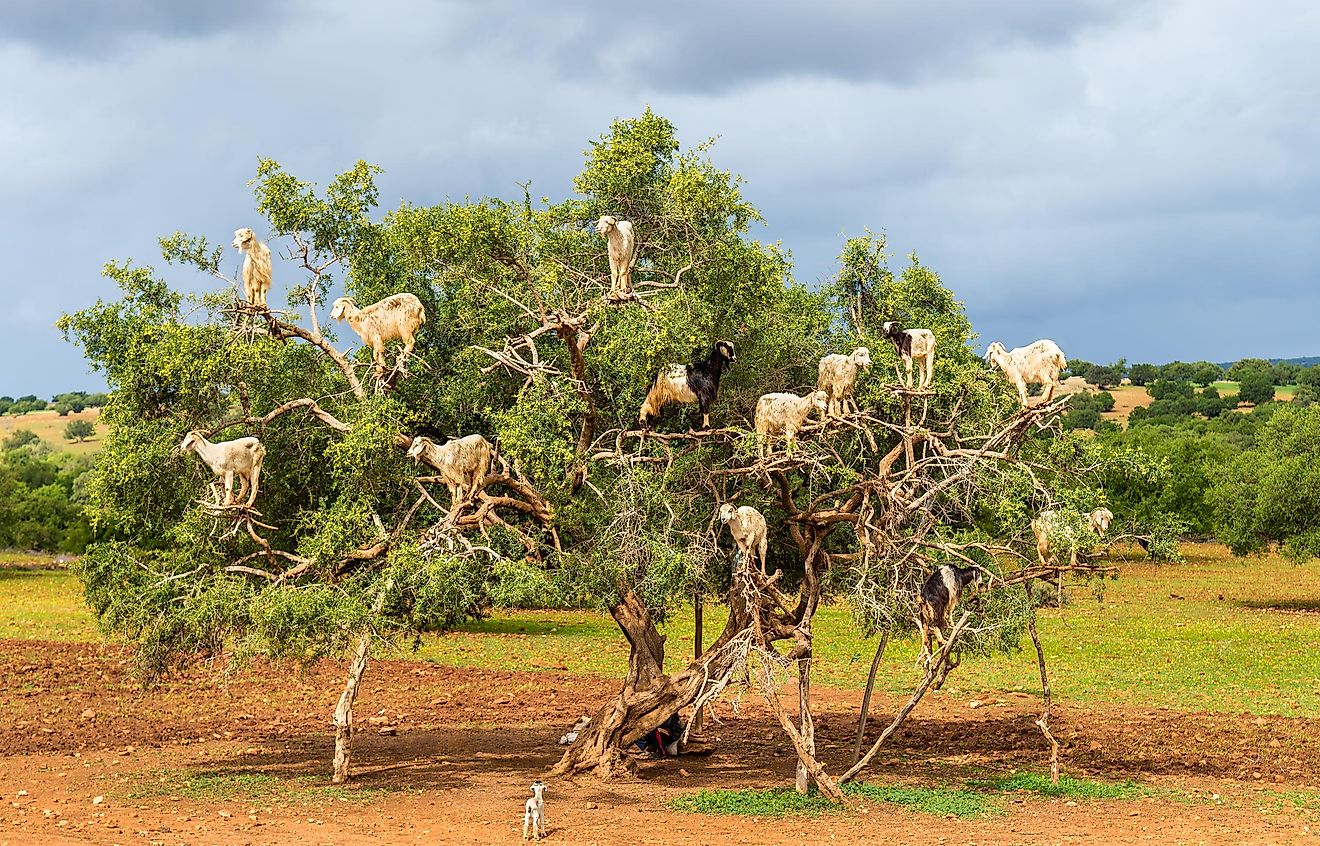
Goats (Capra hircus) survive in the harshest conditions. Although domesticated from the wild goats of Southwest Asia and Eastern Europe, goats have since spread across the globe as they are kept for their milk, meat, and fur. When given the opportunity, goats are one of the quickest domesticated animals to return to feral life. There are strong feral goat populations in the United Kingdom, Australia, New Zealand, and the Galapagos, among others.
Goats are herbivores that eat most plants within their environment. It’s because of their eating habits that goats are considered an invasive species: they graze until the environment becomes ecologically imbalanced, to the detriment of other species that rely on the grass for food and habitat.
Red Deer
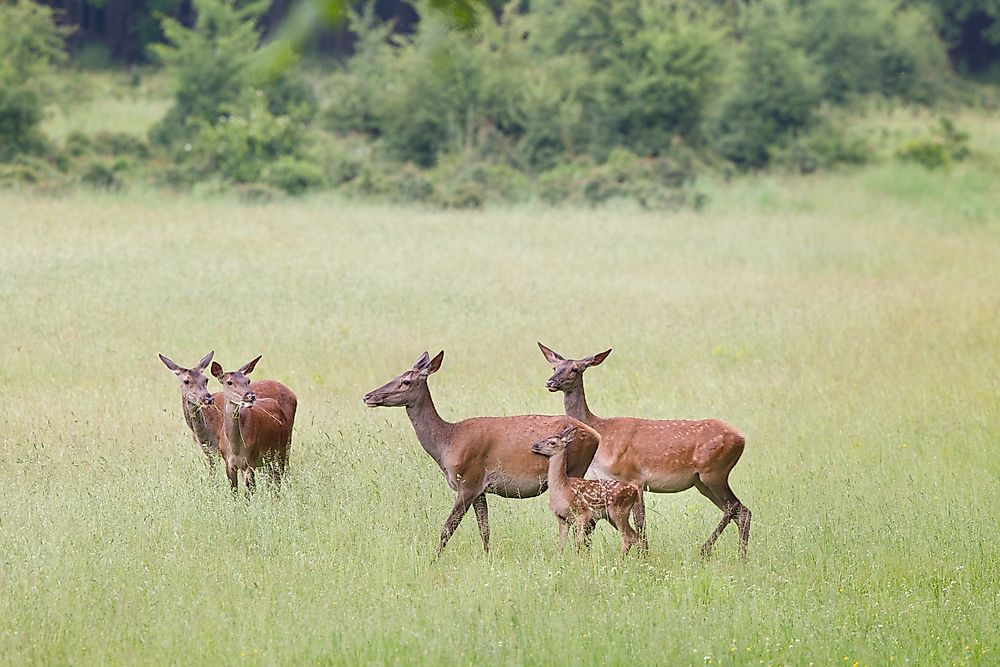
The red deer (Cervus elaphus) is native to Eurasia. However, with time it has spread to other parts of the world such as Australia, the Americas, and New Zealand. Red deers inhabit open grasslands, temperate rain forests, human-made clearings, and mountain ridges. They devour the plants within their surroundings such as the grass. As a result, they contribute to soil erosion and severe overgrazing. To control the red deer populations, humans are encouraged to engage in red deer hunting.
Feral Cats
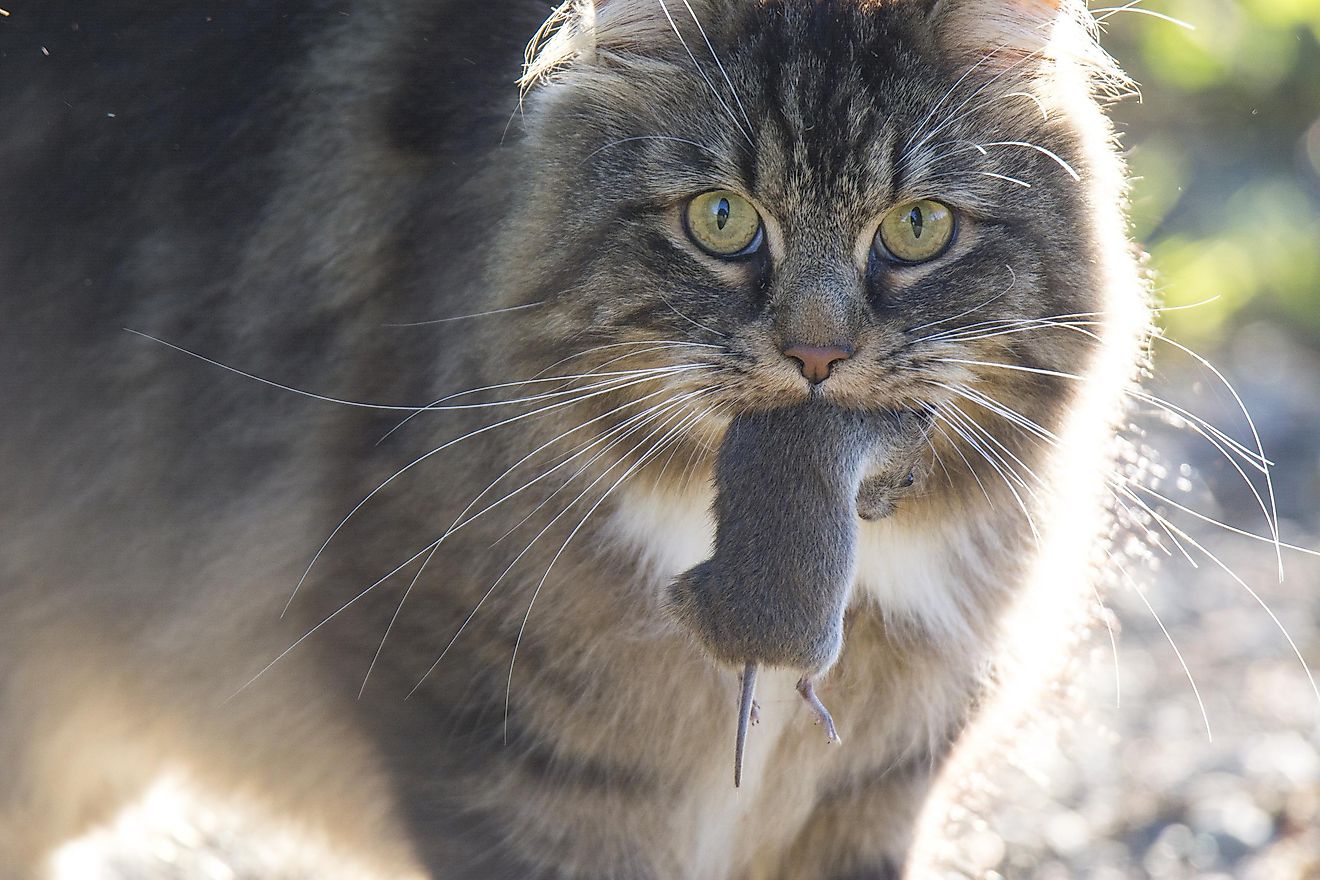
Cats (Felis catus) are among the favorite pets reared by humans. Along with giving people company, they also help in preventing rats, mice, and snakes from invading homes. Notwithstanding these benefits that come with domestication, feral cats are among the worst invasive mammal species. They are responsible for killing about 480 million birds annually. Some of the affected species of birds are the Okinawa woodpecker and seabirds. Cats also spread diseases such as toxoplasmosis and rabies.
Mongoose
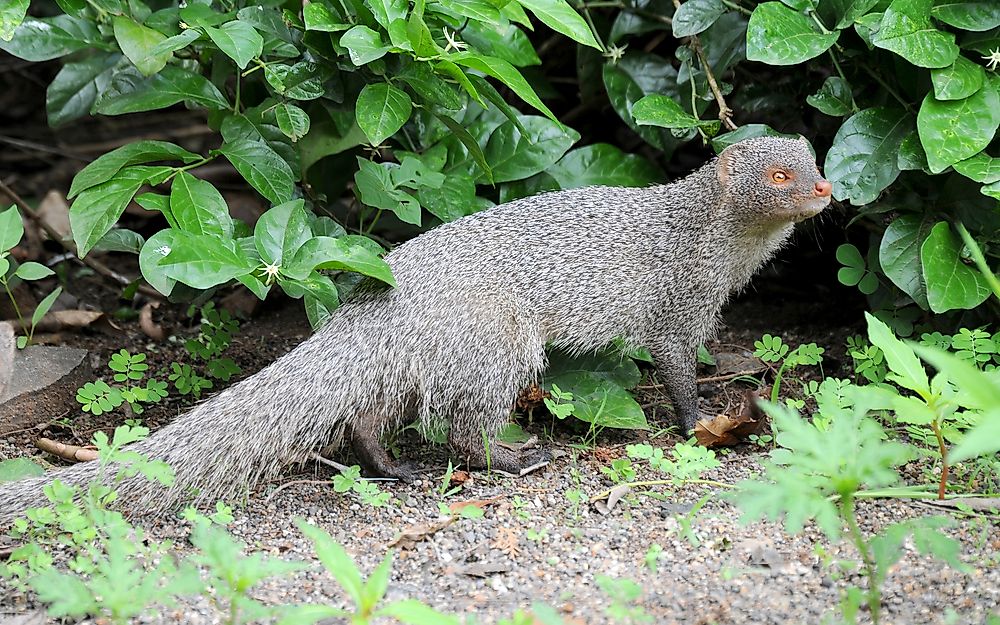
Mongooses (Herpestes javanicus) are native to South and Southeast Asia, specifically Myanmar, India, Iran, and the Thai Malay peninsula. The species is now found in South America, the West Indies, parts of Europe such as Croatia, and islands like Fiji and Hawaii. The mongoose may be used to control populations of rats. However, as a carnivorous predator known for their agility, they endanger the existence of animals such as the Hispaniola racer snake and some bird species.
Crab-eating Macaque
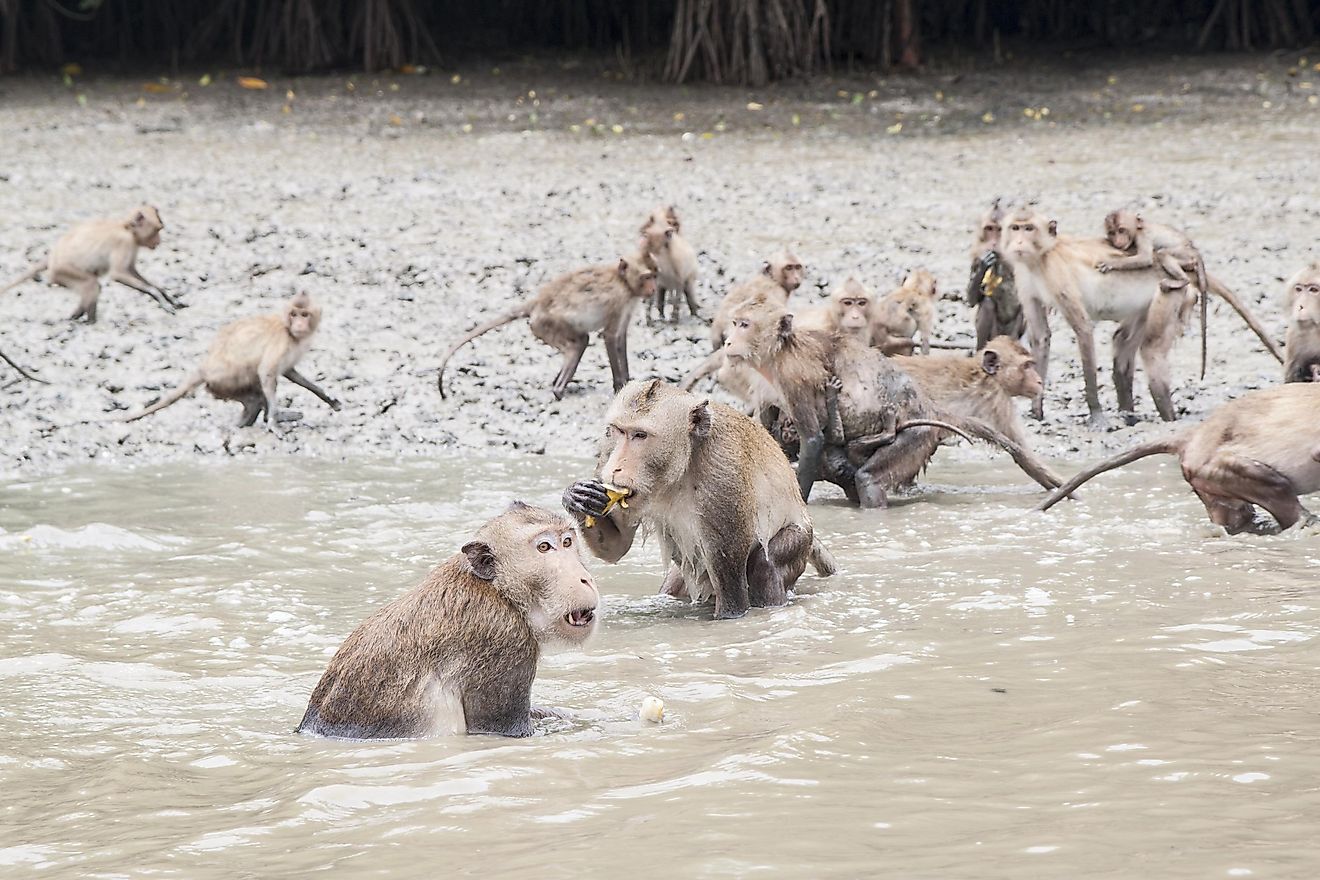
Scientifically known as Macaca fascicularis, the crab-eating macaque is native to Southeast Asia. They are considered an invasive species in western New Guinea and Hong Kong. Since they are opportunistic omnivores they create a threat to the biodiversity of certain areas.
Mice
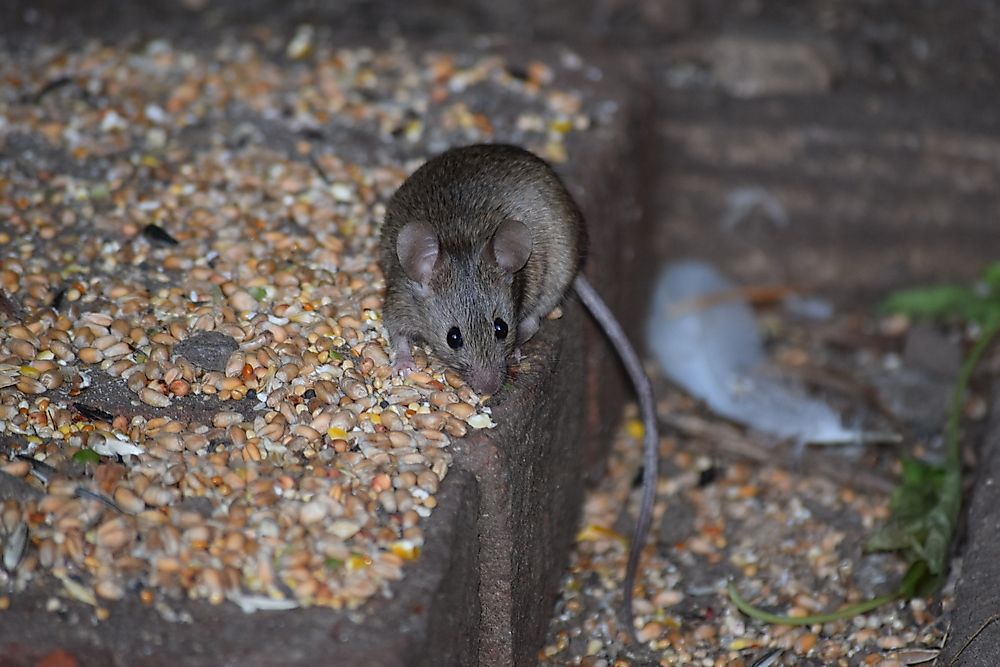
Besides human beings, mice (Mus musculus) are considered to be the most widely spread animal in the world. Native to South Asia, they are now an invasive species worldwide. Mice are invasive in two ways. First, they eat human food reserves as well as dig up crops. Secondly, they carry pathogens such as salmonella and the bubonic plague. Mice also prey on albatross chicks and reproduce frequently. Interestingly, female mice give birth to between 30 and 60 litters every year. As a result, the mice population rises at a high rate, and the effect of the mice’s destruction also increases proportionately.
Short-tailed Weasels
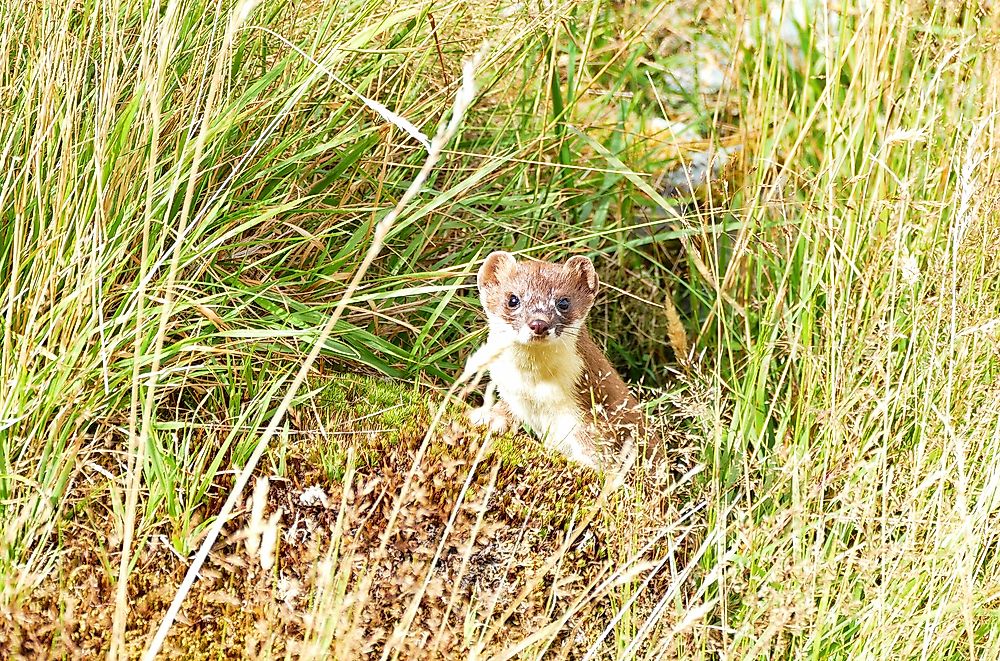
A native of North America and Eurasia, the short-tailed weasel (Mustela ermine) is responsible for decimating many mammal and bird species. New Zealand’s kiwis are an example of animals that are at risk of extinction because of the weasels, as they kill chicks and adult kiwis alike. Also called stoats or ermines, these mammals are very intelligent. They are also excellent swimmers as well as swift animals. They can attack animals larger than themselves for food, and are often used to manage species of smaller invasive mammals such as rats.
Nutria
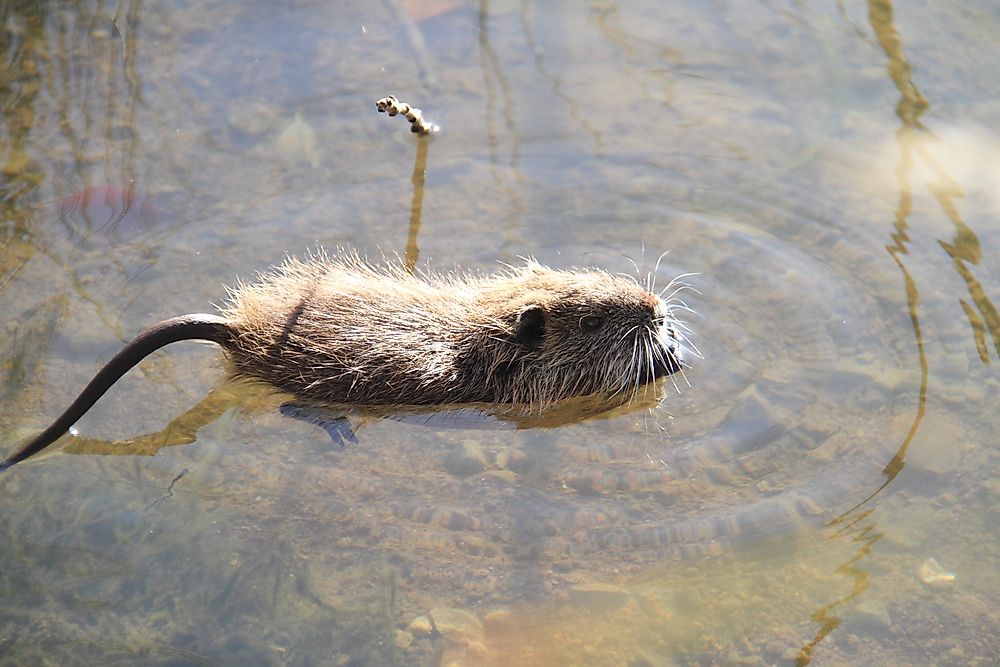
Myocastor coypus is the scientific name of a rodent called the nutria. The nutria is a semi-aquatic mammal that is native to South America. It resembles a rat, but with softer fur. Nutria are excellent burrowers and enjoy feeding on vegetation. However, they consume so much plant life that they can wipe them out completely from their environment. Japan’s deepbody bitterling fish and bekko tombo dragonfly are endangered by the nutria. Furthermore, in Italy, these rodents have destroyed the water lilies where whiskered terns nest and breed.
Rabbits
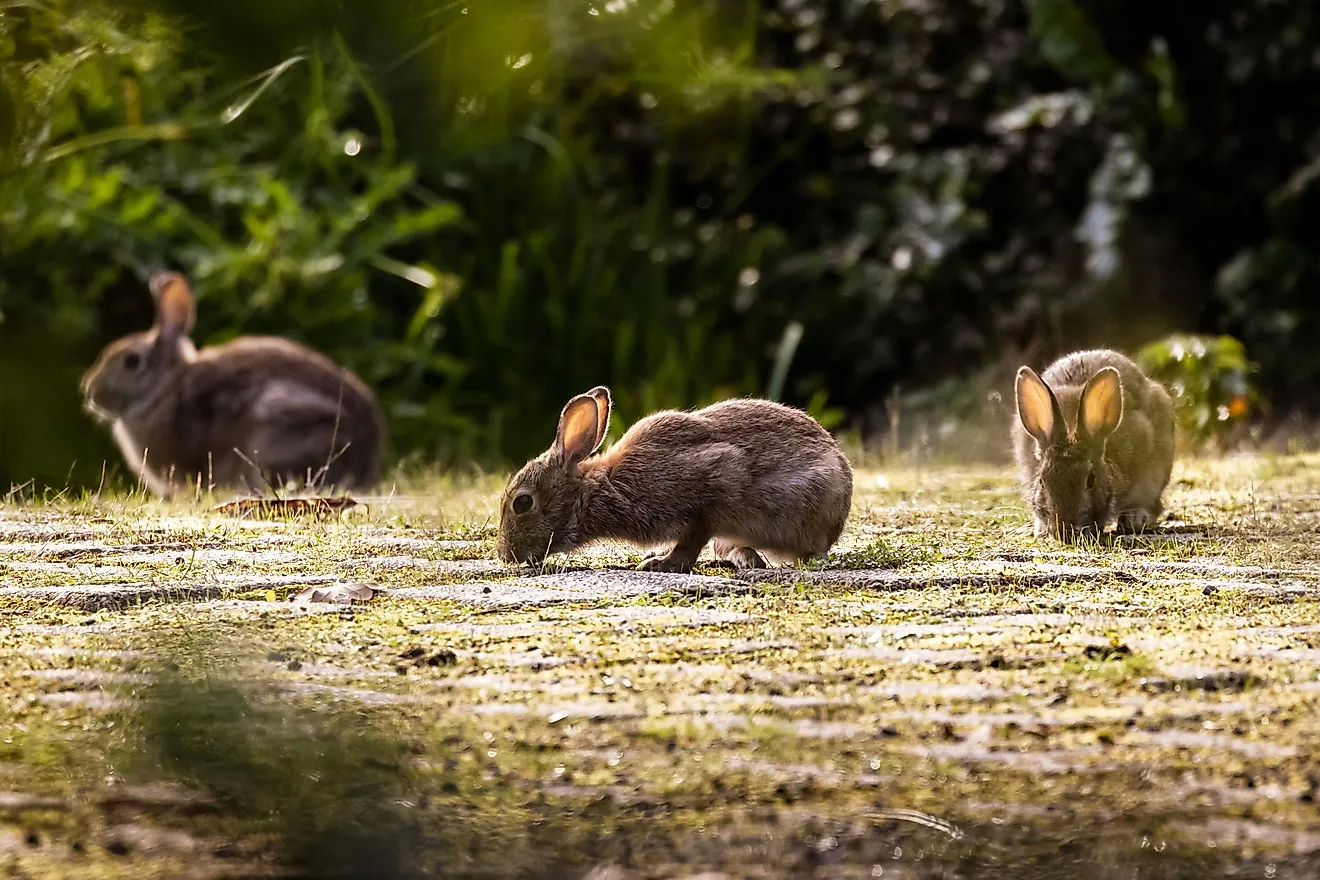
Besides their sweet meat and popularity as pets, rabbits (Oryctolagus cuniculus) are quite invasive. If their populations are not controlled, rabbits could single-handedly wipe out every bit of vegetation. Native to the Iberian Peninsula, these mammals have spread to other parts of the world such as the Americas, Africa, and Australia. They endanger vegetation through overgrazing and persistent burrowing.
Black Rats
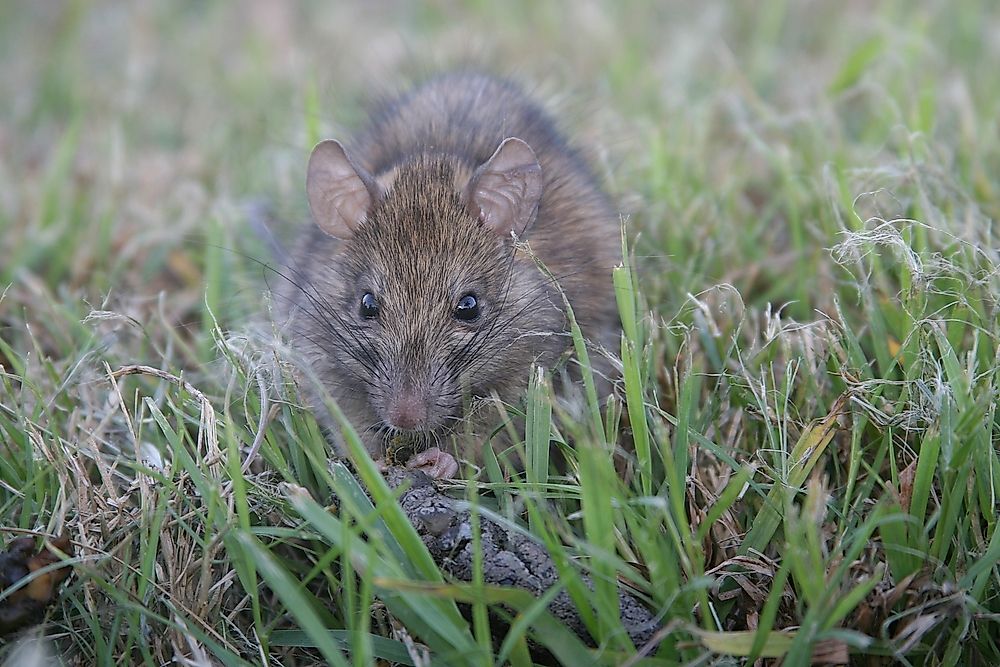
Native to India, the black rat (Rattus rattus) is one of the most invasive mammals in the world. Rats inhabit buildings or homes and the wild, and it is not surprising to find them living in woodlands and forests as well as in buildings. The rats destroy any edible thing including plants, clothes, seeds, and wood. They are responsible for the extinction of some small mammals, birds, plant species, and reptiles. Rats also carry pathogens such as trichinosis, typhus, and toxoplasmosis. In most cases, households get rid of invasive rats by rearing cats.
Grey Squirrels
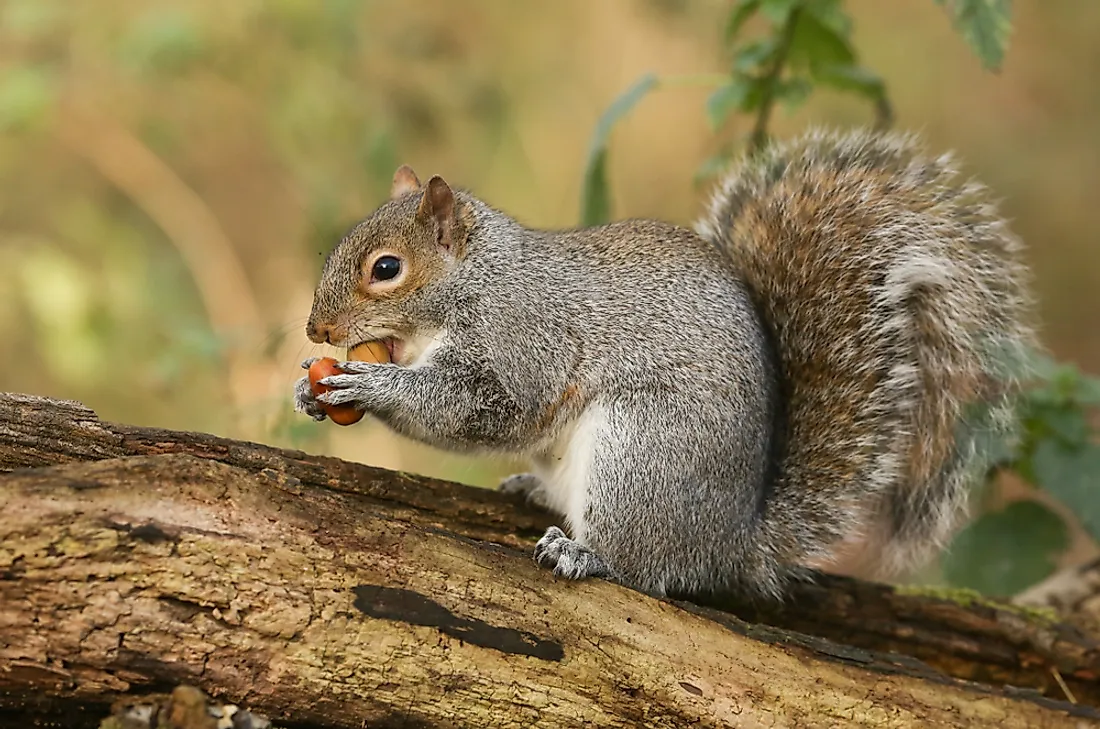
Native to eastern America, the grey squirrel (Sciurus carolinensis) has spread to the United Kingdom, South Africa, Italy, and Ireland today. They feed on seeds, nuts, fungi, and fruits. However, whenever their supply of food runs out, they will eat barks of trees such as sycamore and beech. Whenever red and grey squirrels exist in the same habitat, the grey squirrels are likely to out-compete the red squirrels. Besides destroying the barks of trees, the grey squirrels also carry a virus known as parapoxvirus. This virus causes a deadly disease in red squirrels.
Wild Boar
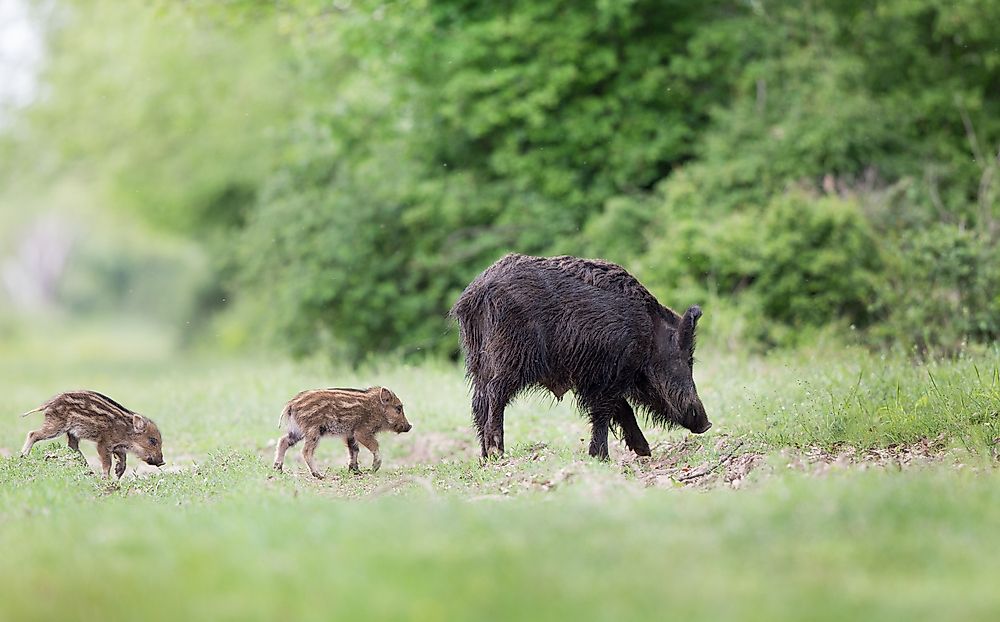
A member of the pig family, Sus scrofa is the scientific name for boars, also known as wild hogs, or feral hogs. Native to Eurasia, North Africa, and the Greater Sunda Islands, they are invasive worldwide. These pigs are known to be very destructive. In Texas alone, the damage caused by pigs is estimated at $400 million every year. Boars and other pigs carry foot-and-mouth disease and other diseases that affect animals existing around them.
Brushtail Possum
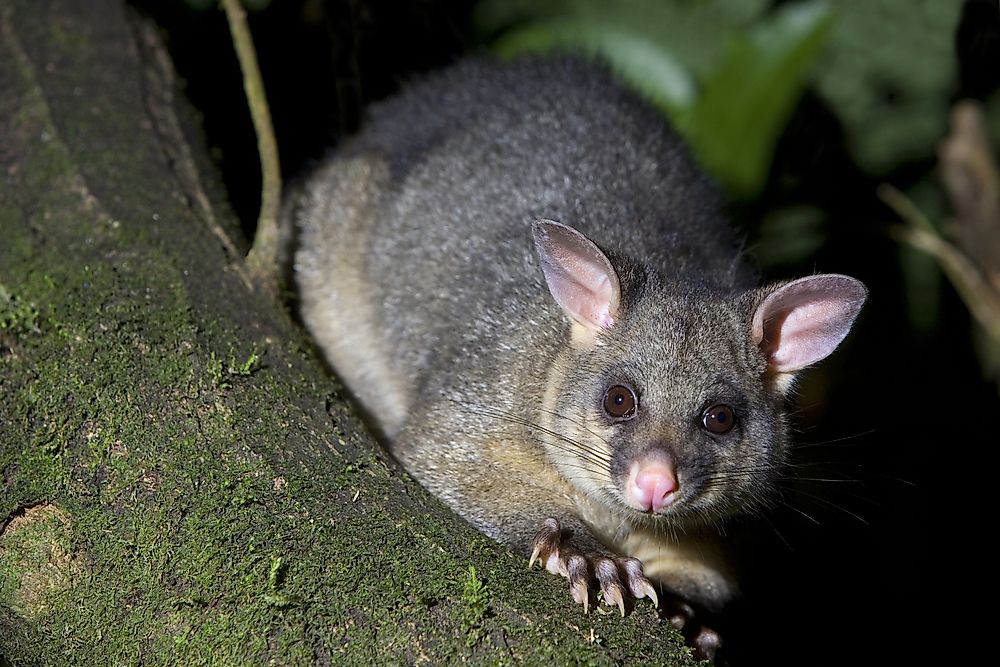
The Brushtail possum (Trichosurus vulpecula) is a nocturnal marsupial. It is the size of a cat and mostly lives in trees. It is native to Australia but is an invasive species in New Zealand. Dingoes and bush fires maintain a population check on the possums, which is needed because they feed on eucalyptus leaves, resulting in an imbalance of vegetation. They also feed on birds, which has led to the extinction of bird species such as the kokako bird and kereru pigeons.
Red Fox
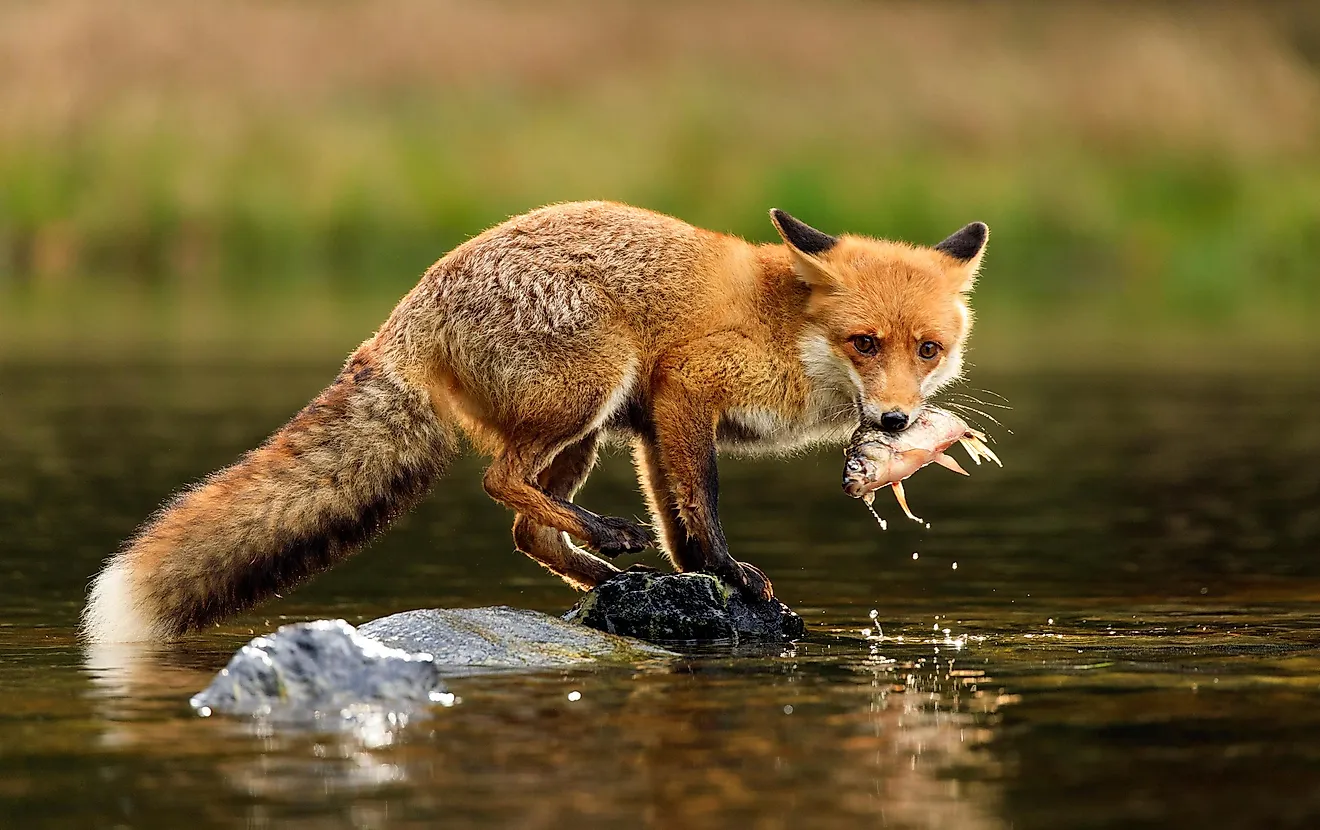
Vulpes vulpes is the scientific name for the red fox. The red fox is the largest real fox in the world. Within its natural habitat in the Northern Hemisphere, the red fox is essential for checking the populations of rodents and other small mammals. However, wherever it can be found in the Southern Hemisphere, it usually becomes destructive. In Australia, the red foxes have contributed to the significant decline of native animals such as sheep since they hunt their lambs. They also carry diseases like rabies. Red foxes can be controlled through poisoning, fencing, and hunting.







